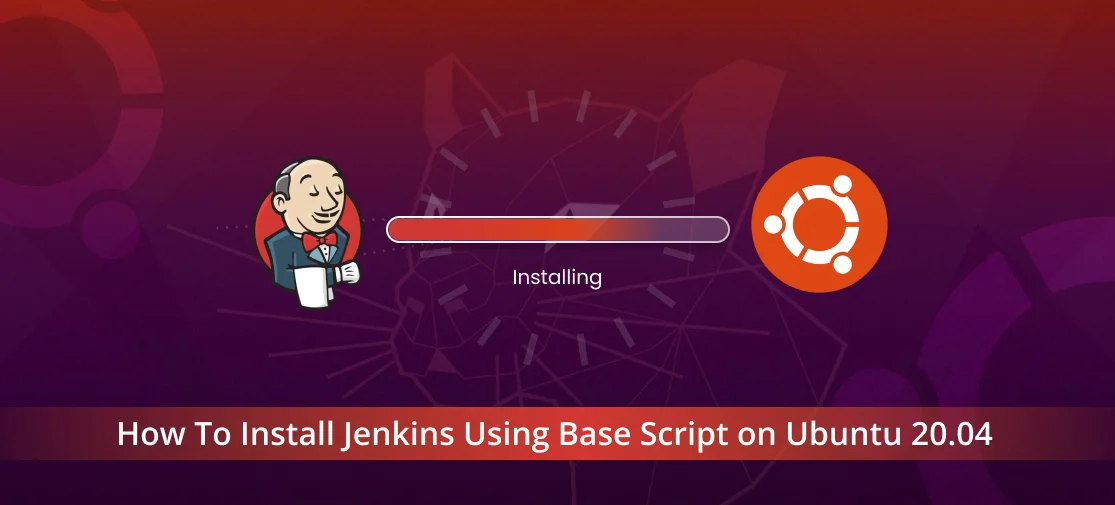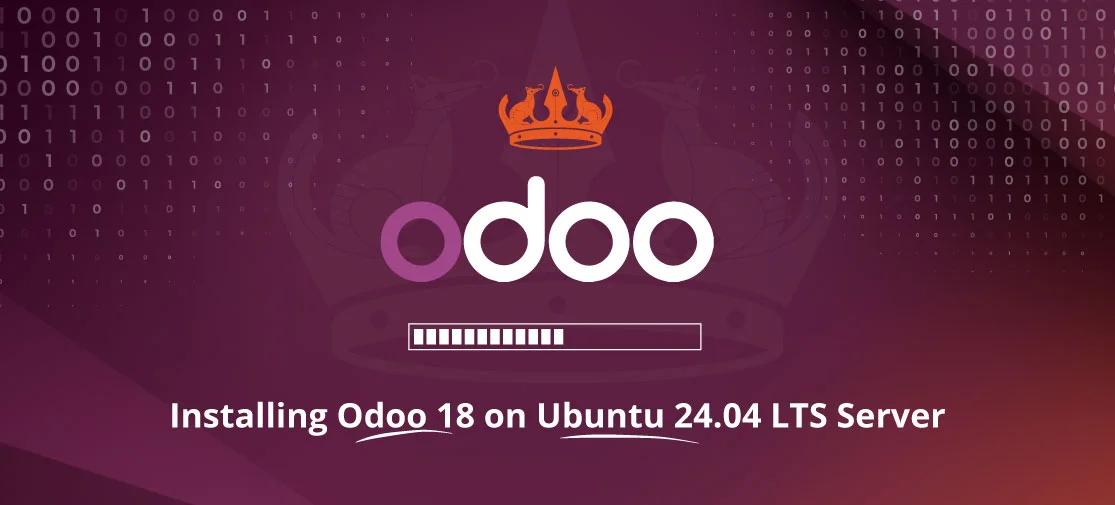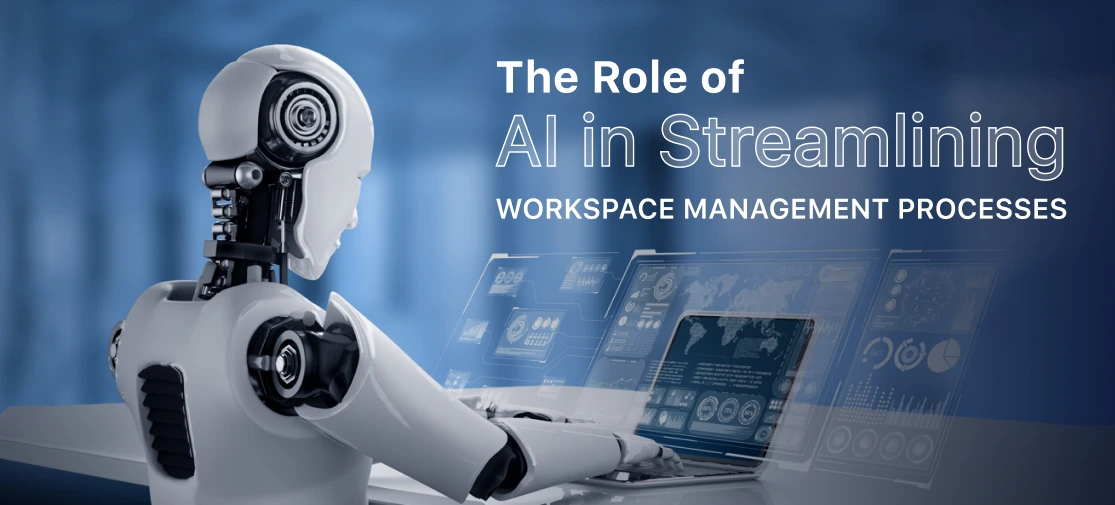Introduction
The success of your digital business heavily hinges on a powerful content strategy. A continued and consistent content output not only draws in new audiences but also retains existing ones. However, creating and managing content across different platforms can be challenging.
This is where Content Management Systems (CMS) come to the rescue. CMS platforms have revolutionized the digital space, thereby eliminating the need for an intimate understanding of coding. These platforms let you schedule your content promptly, helping you maintain a regular content calendar.
However, a headless CMS platform - an advanced iteration of CMS - plays a much more versatile role when it comes to distributing content across various platforms whether social media handles, mobile applications, or IoT devices, these headless CMS platforms ensure seamless and easy content delivery.
In this comprehensive article, we delve into the differences between traditional and headless CMS and shed light on the top open-source headless CMS platforms available on the market today. So, without any further ado, let's dig in!
Traditional CMS Vs. Headless CMS
Traditional CMS platforms provide a task-specific solution - an efficient way of managing content for non-technical users. They not only facilitate content visualization but also enable convenient storage and editing of data. However, their use is confined to websites only. Some of the famed platforms that come under this umbrella include WordPress, Joomla, and Wix.
In contrast, a headless CMS platform leverages APIs (Application Programming Interfaces) to send data to any channel. This means you don’t have to worry about handling the front end - from where the term 'headless CMS' originates.
Let's now take a look at how these two types of CMS platforms differ:
- Scope of Work: Traditional CMS tools are perfect for website development. Whether you require a custom e-commerce website or a simple blogging site, a traditional CMS builds a user-friendly front end and a robust back end. The only catch is they are limited to websites. On the other hand, headless CMS platforms, which employ APIs, spread data to multiple channels at once.
- Working Mechanism: A traditional CMS enables you to build a website with a simple drag-and-drop UI, which means you don't need to know coding. Conversely, headless CMS platforms are API-based, implying you need to be familiar with coding languages such as Javascript, Vue.js, and React.
- Customization: Traditional CMS platforms offer basic component choices for the website, but if you need more advanced features, you may be disappointed since the customization is limited. Headless CMS platforms allow for front-end customization using the language of your choice but do remember, this requires a fair understanding of front-end languages.
Top 10 Open-source Headless CMS Platforms: An In-depth Look
- Strapi :
Leading the pack is Strapi, bagging over 60K stars on Github, owing to its unmatched flexibility and customization. Strapi is adept at building several intricate content models and APIs and boasts of a friendly developer community. Strapi provides a free starter plan, followed by Pro at $99/month and Team at $499/month.
Features:
- A variety of plugins for feature (functionality) extensions.
- Built with Node.js, a developer-friendly environment.
- An open-source core is offering developers maximum control.
- Directus :
Right after Strapi is Directus, which is renowned for its user-friendly interface. The platform scores high on flexibility and customization, and its solutions are tailored to diverse project needs. The free plan is accompanied by a Pro plan ($99/month).
Features:
- Easy content creation and organization with a drag-and-drop interface.
- Field-level permissions to control access.
- Version control - revert to previous content versions whenever required.
- Payload CMS :
Known for its simplicity, Payload CMS finds favor with developers and content editors. It is ideal for small-to-medium-sized projects. The plans start at a rather affordable $35/month.
Features:
- API-first design to facilitate custom integrations.
- Deployment flexibility.
- A thriving community for active support.
- Decap CMS :
Originally known as Netlify, this developer-centric platform focuses on customization. Decap CMS offers a rich developer suite and GraphQL API to build advanced content-driven applications. Decap CMS is an open-source platform.
Features:
- Seamless integration with your Git repository for version control.
- Compatibility with Jamstack for building fast and secure static websites.
- Real-time previews to visualize changes instantly.
- Tina CMS :
Tina CMS is a Git-integrated headless CMS. It provides a visual editing interface and integrates well with popular frameworks like Gatsby, Next.js, and Hugo. Tina CMS is an open-source platform.
Features:
- Seamless integration with your Git repository for version control.
- Widespread support for Markdown format.
- Compatibility with various static site generators.
- Keystones JS:
This Node. js-based platform excels at building custom CMS solutions with features like GraphQL API. Although the platform boasts a robust framework, it may require more development efforts as it lacks a pre-built user interface. Keystone JS operates on free plans.
Features:
- Designed to build content APIs for custom applications.
- Built-in features for user authentication and access control.
- An open-source platform allows for extensive customization.
- Sanity:
Prioritizing flexibility, scalability, and developer experience, Sanity can adapt to specific project requirements. It offers free plans plus Pro plans that start at $15/month.
Features:
- Structured content models for complex content.
- GraphQL API for dedicated content querying.
- Content management across multiple environments.
- WordPress:
Leverages the massive WordPress community while offering a wide range of pre-built integrations. However, the performance might be limited compared to niche headless CMS platforms. Headless WordPress, like the traditional version, is free except for the potential costs of hosting, premium plugins, and domain registration.
Features:
- Large plugin ecosystem.
- Built-in SEO tools.
- Customizable theme options.
- Ghost:
A publishing platform built for blogs and online magazines, Ghost offers a clean, intuitive interface. It focuses on simplicity, and it may not be versatile enough for websites with a mix of content types. Ghost’s self-hosted plan is free, and the premium plan starts from $10/month.
Features:
- Markdown support.
- Built-in SEO tools.
- Newsletter functionality.
- Apostrophe:
Apostrophe is a node.js-based platform known for customization and control. With modular architecture, it allows for handling diverse content types and structures. While it is open-source, the paid plans with extra support start from $199/month.
Features:
- Custom content structures.
- Customizable, performance-optimized modules.
- Efficient media management.
Conclusion
As you can see, each platform has unique strengths. Your choice depends on a few factors such as the technical expertise of your team, your content needs, and your budget. By choosing the right platform, you can streamline and optimize your content creation process, ensuring your strategy's success.
In case you need professional assistance in choosing and implementing the right tools for you, our team at Techvoot Solutions is always ready to help. Our skilled pool of software developers can provide you with a comprehensive service, from platform selection to custom development that aligns perfectly with your content strategy. Let's connect Today...




